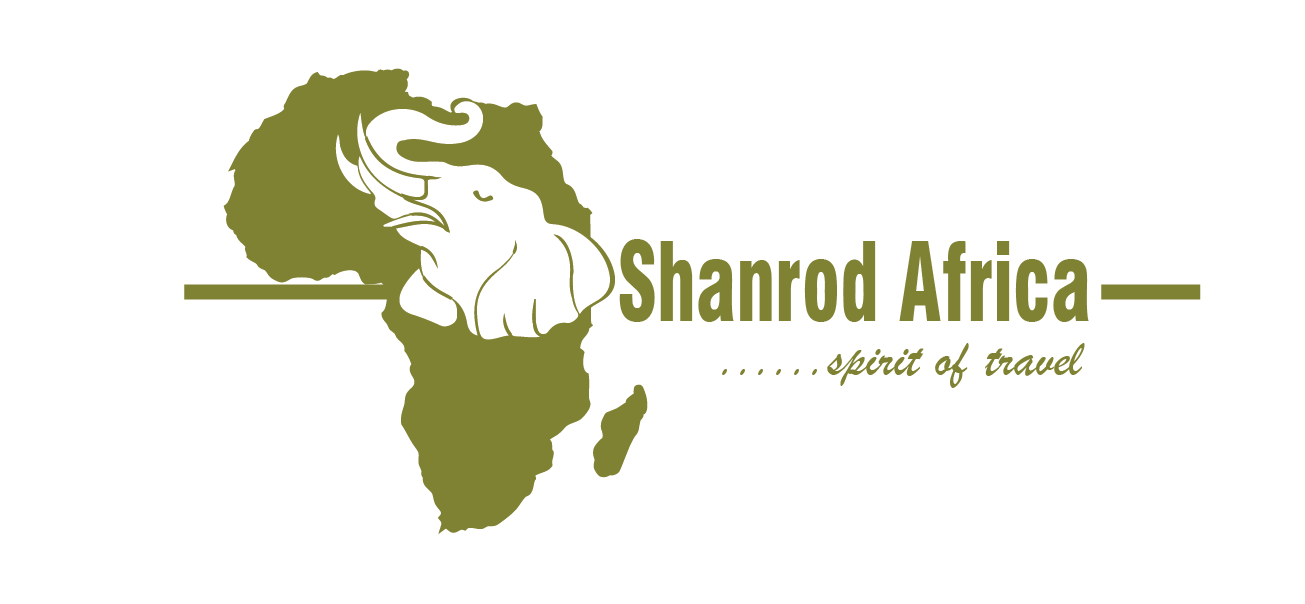This park forms part of the Garden Route National Park. The area is home to a delicately balanced marine eco-system and some excellent whale and dolphin viewing sites. Inland, the indigenous rain forest harbours 116 types of giant tree, including giant Outeniqua yellowwood trees – the largest of which is said to be over 800 years old and has a circumference of almost 9m.
The Tsitsikamma Section of the Garden Route National Park is situated at the heart of the picturesque tourist region known as the Garden Route, found in the Southern Cape of South Africa. Tsitsikamma is a Khoisan (early inhabitants of the area) word meaning “place of much water”.
The Park incorporates 80 km of rocky coastline with spectacular sea and landscapes, a remote mountainous region with secluded valleys covered in mountain Fynbos and temperate high forests with deep river gorges leading down to the sea.
The Tsitsikamma Section protects a wonderland of inter-tidal and marine life. This is one of the largest single unit ‘no take’ (including fishing) Marine Protected Areas (MPA) in the world, conserving 11 percent of South Africa’s Temperate South Coast rocky shoreline and provides a ‘laboratory’ for fisheries baseline research on endangered line fish species. In 1964 when it was proclaimed, it became the first Marine National Park to be proclaimed in Africa.
The Tsitsikamma Section has a long history of Marine and Forest utilisation and most of the local communities relied mostly, in one form or another, on these two ecosystems for their survival. The previous resource utilisation was of obvious economic value gained from the region and now incorporated into the Park. Today, the National Park contributes in a different way to the economic development of the region. Tsitsikamma National Park attracts tourists to the region, provides economic opportunities for local entrepreneurs, (local trail guides, adventure operators, transport services, infrastructure development & maintenance services, etc.) and as an implementing agency for poverty relief programmes, creates employment and training opportunities for some of the regions poverty stricken communities. Currently, two of the nationally running, poverty relief programs, namely Working for Water (Invasive Plant Clearing) and Coasts Care (Coastal Conservation) are operated within the Park.
The Tsitsikamma Section incorporates various cultural heritage sites ranging from Khoisan cultural heritage sites such as caves, shell middens and rock art to more recent cultural historic sites such as the ruins of small fisher settlements, remnants of the past forestry industries and grave sites. The park is currently embarking on a Cultural Mapping project with the aim of identifying and protecting all Cultural Heritage sites incorporated within the Park. An Oral History Collection project is being implemented currently to recover and interpret information relating to cultural heritage. The more recent history of the forestry and fishing industries that is still in the memories of older folk from the region, is the one thing that strongly connects local communities with the park and can enhance park-community relations. These processes will be developed and implemented in conjunction with local community members and the organisations representing community interests, as well as relevant academic institutions and researchers.
During the First World Conference on National Parks in Seattle in 1962, the World Conservation Union (IUCN) appealed to governments for the establishment of marine parks and reserves. The National Parks Board responded with the proclamation of the Tsitsikamma National Park.
The original Coastal and Forest National Parks were proclaimed on in December 1964, by the then Minister of Forestry in conjunction with the Director of the National Parks Board (Government Gazette 1964). The original coastal park extended some 59 km between Groot River (east) (west of Oubosstrand) and Groot River (west) (at Nature’s Valley), and included the areas approximately 800m landward and 800m seaward of the low water mark (horizontal distance – contours ignored).
In September 1983 the seaward boundary of the park between the Groot River (east) and the Bloukrans River was extended to three nautical miles and the remainder (Bloukrans to Groot River, west) changed to 0.5 nautical miles offshore. (Government Gazette 1983). The small Tsitsikamma Forest National Park was deproclaimed in 1989 (Government Gazette 1989) and the coastal park became known as the Tsitsikamma National Park (TNP). In December 1987 the De Vasselot Reserve (2561 ha) was added to the park (Government Gazette 1987). During April 1996 an extension of the seaward boundary was proclaimed as part of the Tsitsikamma National Park. This section extends from Groot River (west) along the same seaward boundary to a point parallel to Grootbank and then back to the Groot River (west) along the high water mark.

